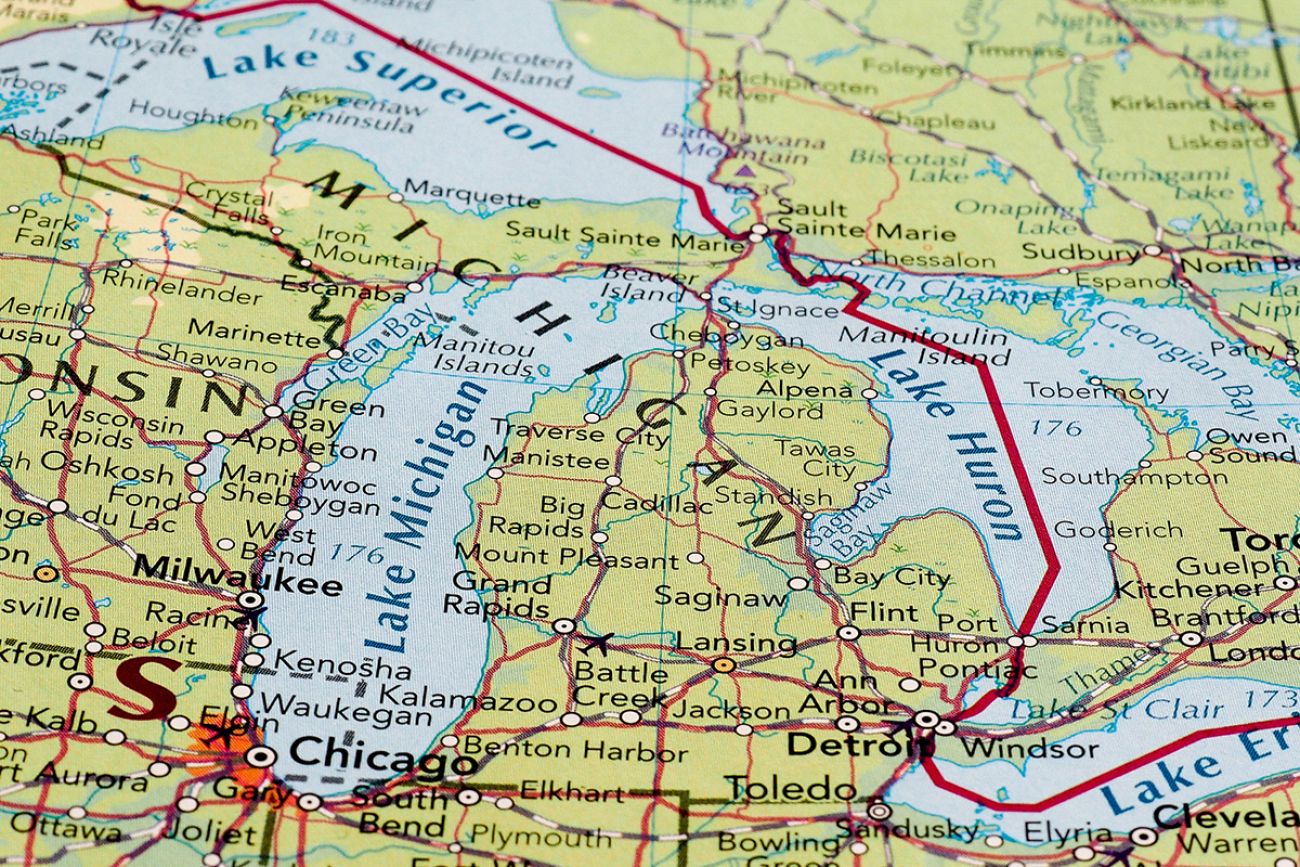Census: Michigan cities lost population in 2022. See how your town fared.

- Census estimates are heavily criticized, but show losses in Michigan’s cities
- College towns are the big gainers, as students returned in 2022 following the pandemic
- Michigan’s population is reaching a crisis, as big losses are forecast following years of stagnation
Detroit and most Michigan cities continued to lose population in 2022, according to population estimates released by the U.S. Census.
Michigan’s biggest city nearly 1 percent of its population, about 7,791 people to 620,376, falling to 29th in the nation, with fewer residents than Memphis or Louisville, according to the U.S. Census.
On Twitter, Detroit Mayor Mike Duggan called the Census Bureau a “complete national clown show.” He claims postal records show the city has more than 2,300 more homes receiving mail in 2022 and that the city added 4,000 homes in 2021.
Related:
- Michigan’s population crisis: What you need to know. Why it matters.
- Panel: Michigan needs to act with urgency as population slides
- Can Michigan defuse its population time bomb? See how far we fall short
The city has failed to win an earlier challenge to the Census’s 2020 count.
The latest estimates also are bad news for other Michigan cities, with Warren (1,165) and Dearborn (1,026) each losing more than 1,000 people from 2021 to 2022. Warren now has 137,107 people and is the state’s third largest city. Dearborn has 107,710 and is seventh largest.
Michigan’s second-biggest city, Grand Rapids, lost an estimated 843 people, one year after losing 947 people. In 2020, the Census estimated Grand Rapids had 198,893 people.
Gainers included college towns, which welcomed back students who had left campus during the pandemic in 2021, including:
- East Lansing, home to Michigan State University, whose population rose to 34,532 to 47,340, a nearly complete reversal from losing over 13,100 the year before.
- Ann Arbor, home to the University of Michigan, gained 805 to 119,875. It had lost 4,555 from 2020 to 2021.
- Marquette, home to Northern Michigan University, gained 647 people to 20,786.
- Ypsilanti, home to Eastern Michigan University, rose 546 to 19,732. It had lost over 1,400 the preceding year.
- Allendale Township in Ottawa County, home to Grand Valley State University, added 516 people to 26,487 people in 2022.
The numbers are affected, experts say, by the pandemic when COVID-19 forced many campuses to avoid in-person classes.
Overall, Michigan has lost an estimated 43,200 people since 2020 — including nearly 3,400 from 2021 to 2022. The losses are a reversal of the small but steady gains it had been making in the previous decade.
Experts have called upon policymakers to take action to combat population losses.
If Michigan continues to have stagnant growth — some projections suggest annual declines beginning in 2045 — it will have broad implications on the state’s economy through a shrinking workforce, customer base and tax revenues, they say.
Since 1990, only West Virginia, which lost population, has fared more poorly than Michigan. The state grew 8.4 percent since then, ranking 49th in the country.
See what new members are saying about why they donated to Bridge Michigan:
- “In order for this information to be accurate and unbiased it must be underwritten by its readers, not by special interests.” - Larry S.
- “Not many other media sources report on the topics Bridge does.” - Susan B.
- “Your journalism is outstanding and rare these days.” - Mark S.
If you want to ensure the future of nonpartisan, nonprofit Michigan journalism, please become a member today. You, too, will be asked why you donated and maybe we'll feature your quote next time!




